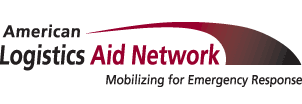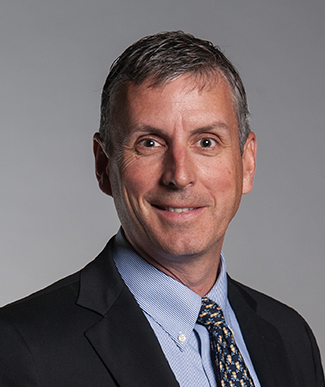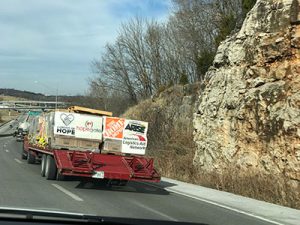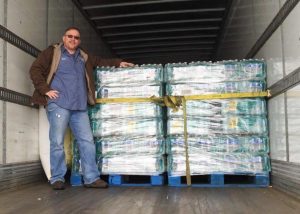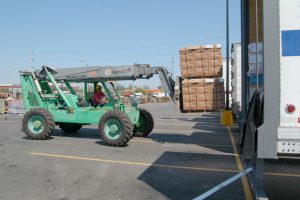In last week’s blog, Robert Martichenko shared a few of the surprising things he’s learned about ALAN since joining our board, starting with an entertaining view of what we were like in our early days. This week, he continues that discussion with a candid view of who ALAN is now – and how we hope to continue changing disaster relief logistics for the better.
In February of 2020, ALAN’s board decided to create a committee to review the overall vision and mission.
ALAN had just turned 15, and the time seemed right to build upon the amazing work that it had already completed while also figuring out who it needed to be in order to better serve the non-profit and logistics community going forward.
As this committee reflected upon lessons learned, we realized that even though ALAN had begun with a single mission, that was no longer the case.
After a decade and a half of providing meaningful tactical assistance to numerous non-profits, ALAN had discovered that there was far more strategic planning and coordinating that needed to be done to make the disaster response system more efficient and effective.
Just as important, it was clear that thanks to ALAN’s connections, expertise and experience, ALAN possessed many of the tools and capabilities that could help make that strategic work happen. In fact, when we looked closer, we realized that ALAN had begun much of that strategic work already.
Ultimately this led us to the belief that the ALAN of today has a mission that involves four key areas rather than just one:
Convening: Many supply chain professionals and businesses have a strong desire to dedicate their time and knowledge to improving disaster relief outcomes. But they often work in silos, which is less efficient and less impactful. ALAN brings these individuals and businesses together to help them visualize, create and enable more coordinated and unified supply chain disaster relief efforts.
Educating: Many non-profits often have limited resources to dedicate to logistics knowledge and staff; businesses don’t always invest in understanding how governments respond during crises; and government understanding of how commercial supply chains operate is at times limited. ALAN works as an educational thought leader to help these groups advance their understanding and knowledge of supply chains and how they function during a crisis.
Informing: Knowledge is power – but only when it’s shared. ALAN delivers visibility tools, trusted information, and operational processes to keep all critical organizations connected and informed across the platforms that form the overall system for disaster relief responses.
Coordinating: Last, but certainly not least, ALAN has been and remains committed to providing the tactical, on-the-ground matching work that’s required for disaster relief. We facilitate the efficient delivery of supplies, knowledge, and expertise to support people areas affected by crisis. In addition, we coordinate and unify public, private, and NFP organizations to get the right materials, resources, and trusted information to the right people in the right quantities and right quality at the right time.
The Future
Obviously this new mission statement isn’t written in stone. Our work at ALAN continues to evolve and change just as disasters themselves evolve and change.
We will always be about “Dark Sky Execution,” just as we’ve been since Day One. During a disaster, we focus on providing our non-profit and business partners with the information and resources they need — all with the goal of reducing the time it takes to reach affected areas. Because we know and believe that faster response times and saving lives are often synonymous.
But as we look to the future, we will embrace and leverage more “Blue Sky Planning, too. By taking more time to review past events, problem solve, and further educate ourselves (and our partners) while things are calm, we can be better prepared to respond to the next disaster and pave the way for faster recovery.
And what will it take for us to realize this all-important future state?
It will take everything.
To achieve these levels of success, we envision growth in our volunteer organization. We visualize improved scale. And we look forward to the possibility of increasing our full- and part-time staff.
And that, in turn, requires support.
All of which brings us full circle. Much like our founding members addressed the critical question of how ALAN would be funded 16 years ago, our board continues to ask that question today, especially now that we are handling a record number of cases.
And much like Hurricane Katrina revealed the need for an organization like ALAN, events like COVID-19 have underscored this group’s importance and relevance.
So if you’re looking for a worthy cause to get behind, why not consider supporting ALAN as a donor, or volunteer?
As a relatively new board member, I’m certainly glad I did.
